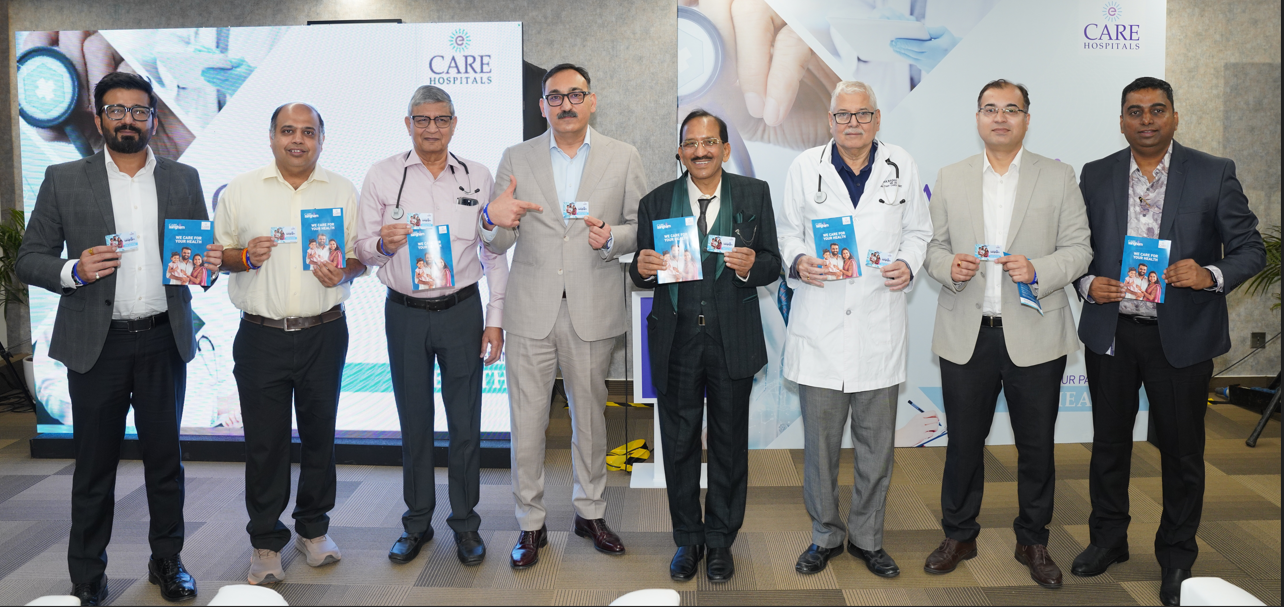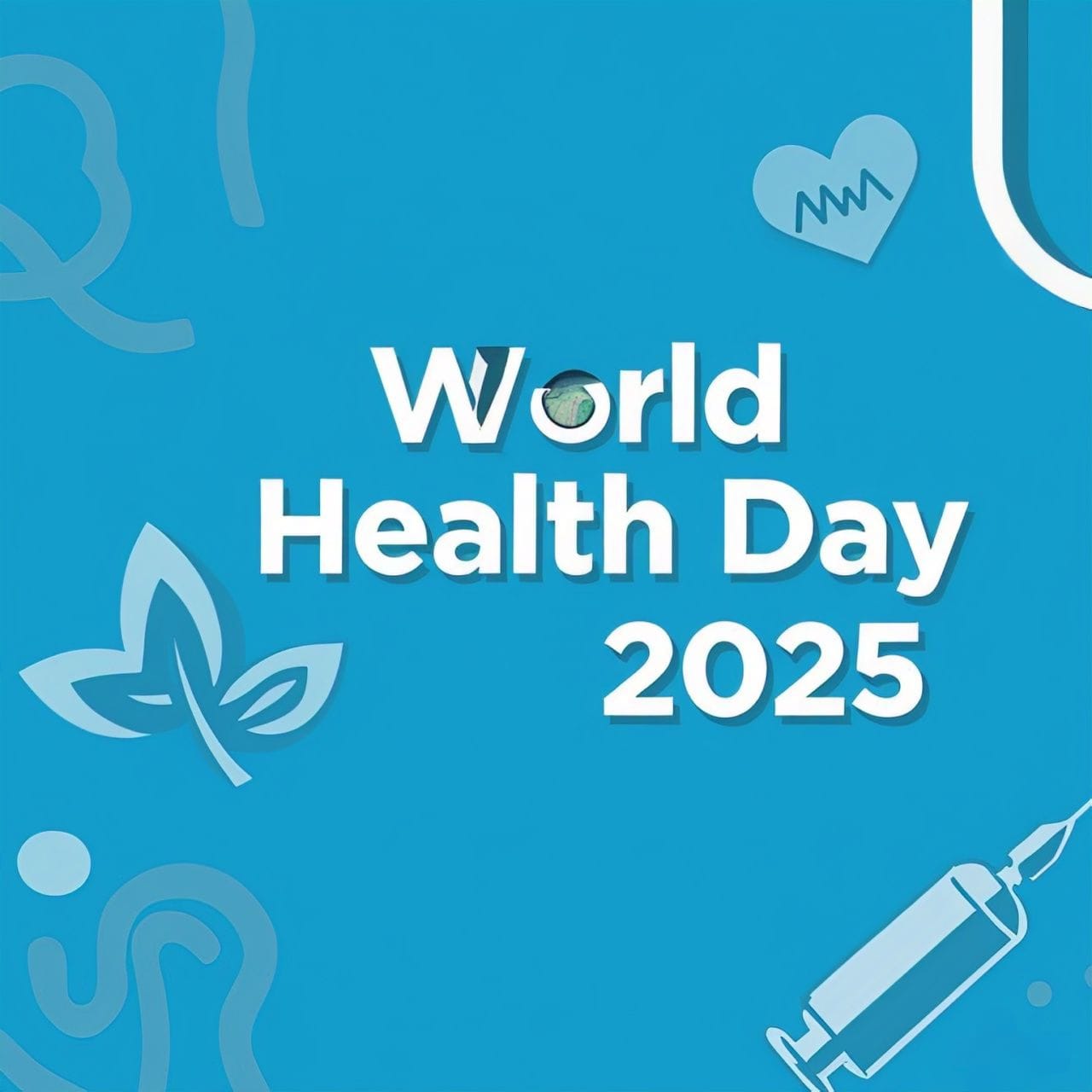Autism, or Autism Spectrum Disorder (ASD), is a complex neurological condition affecting communication, social interaction, and behavior. The condition varies widely, with some individuals struggling with speech and sensory sensitivities while others display exceptional talents. In India, the Indian Council of Medical Research (ICMR) estimates that 1 in 100 children may have autism. However, underreporting suggests the actual figures could be higher. The rise in autism cases globally has led researchers to explore multiple contributing factors, and maternal age is emerging as a critical area of concern.
A comprehensive meta-analysis published in BMC Psychology revealed that children born to older mothers had a 44% higher risk of autism compared to those born to younger mothers. More specifically, the study found that for every five-year increase in maternal age, the risk of autism rose by 22%.
Similarly, research published in The British Journal of Psychiatry found that mothers over 30 faced an increased risk of having a child with autism. The numbers were alarming, women aged 30–34 had a 27% higher risk compared to those aged 25–29, while mothers aged 40 and above saw their risk more than double compared to those under 30.
Scientists are still discovering the exact reasons why older maternal age might influence autism risk, but several biological and environmental factors are under scrutiny:
1. Genetic Mutations Accumulate Over Time: Aging eggs are more prone to genetic mutations. As women age, their eggs experience cumulative DNA damage, increasing the likelihood of chromosomal abnormalities. This could contribute to conditions like autism in children.
2. Hormonal Changes and Pregnancy Complications: Older mothers often face complications such as gestational diabetes, hypertension, and preeclampsia, which may affect fetal brain development. Hormonal changes can also influence the uterine environment, possibly contributing to neurodevelopmental disorders.
3. Epigenetic Alterations: Epigenetics (study of how environmental factors influence gene expression) suggests that maternal age may affect how certain genes are switched on or off in the developing fetus, increasing susceptibility to autism.
4. Increased Risk of Preterm Birth and Low Birth Weight: Advanced maternal age is linked to a higher risk of preterm labor and low birth weight. Studies have shown that premature babies and those with low birth weight have a higher chance of developing neurodevelopmental disorders, including autism.
While maternal age is a significant risk factor, paternal age also plays a role. Research suggests that fathers over 40 have an increased risk of passing on genetic mutations linked to autism. This is because sperm cells continuously divide throughout life, accumulating mutations over time. When both parents are older, the combined effect may further elevate autism risk in offspring.
Despite the concerns, many women successfully conceive and give birth to healthy children in their late 30s and 40s. If you’re planning a pregnancy later in life, consider these steps to optimize outcomes:
1. Preconception Health Check: A comprehensive medical evaluation before pregnancy can help identify potential risk factors. Tests for genetic markers, hormone levels, and overall reproductive health can provide valuable insights.
2. Prioritize a Healthy Lifestyle: Maintaining a balanced diet rich in folic acid, omega-3 fatty acids, and antioxidants can support fetal brain development. Regular exercise and stress management also contribute to a healthier pregnancy.
3. Consider Genetic Counseling: For women over 35, genetic counseling can assess potential risks and provide guidance on prenatal screening options. Early detection of genetic conditions can help parents make informed decisions.
4. Monitor Pregnancy Closely: Frequent prenatal check-ups ensure that any complications, such as gestational diabetes or high blood pressure, are detected and managed early. Advances in fetal medicine allow for better monitoring of the baby’s development.
While older motherhood has its challenges, it’s essential to remember that autism is not solely caused by maternal age. Genetics, environmental influences, and prenatal health all contribute to its development. The key takeaway is that early intervention and awareness can make a significant difference in the lives of autistic children.
Governments, healthcare providers, and society at large need to prioritize autism awareness, improve diagnostic facilities, and promote inclusive education. Additionally, support networks for parents navigating late motherhood must be strengthened to ensure that no mother feels isolated or overwhelmed.
Aarti’s journey, like that of many mothers, is filled with both challenges and triumphs. Though the statistics may sound daunting, they also serve as a reminder that knowledge is power. Understanding the risks, making informed choices, and advocating for early support can empower parents to provide the best possible start for their children. As research continues, one thing remains clear: autism does not define a child, and with the right support, they can thrive in ways beyond imagination.
The growing trend of late motherhood brings with it both opportunities and challenges. While science highlights certain risks, it also emphasizes the importance of proactive healthcare. Rather than discouraging older women from conceiving, the focus should be on education, preparation, and comprehensive prenatal care. As we advance in medical research and support systems, we move closer to a future where every child, regardless of the circumstances of their birth, has the opportunity to reach their full potential.
.jpeg)
 Rather than discouraging older women from conceiving, the focus should be on education, preparation, and providing comprehensive prenatal care.
Rather than discouraging older women from conceiving, the focus should be on education, preparation, and providing comprehensive prenatal care.










.jpeg)

.jpg)


.jpeg)
.jpeg)


.jpeg)
.jpg)





.jpeg)


